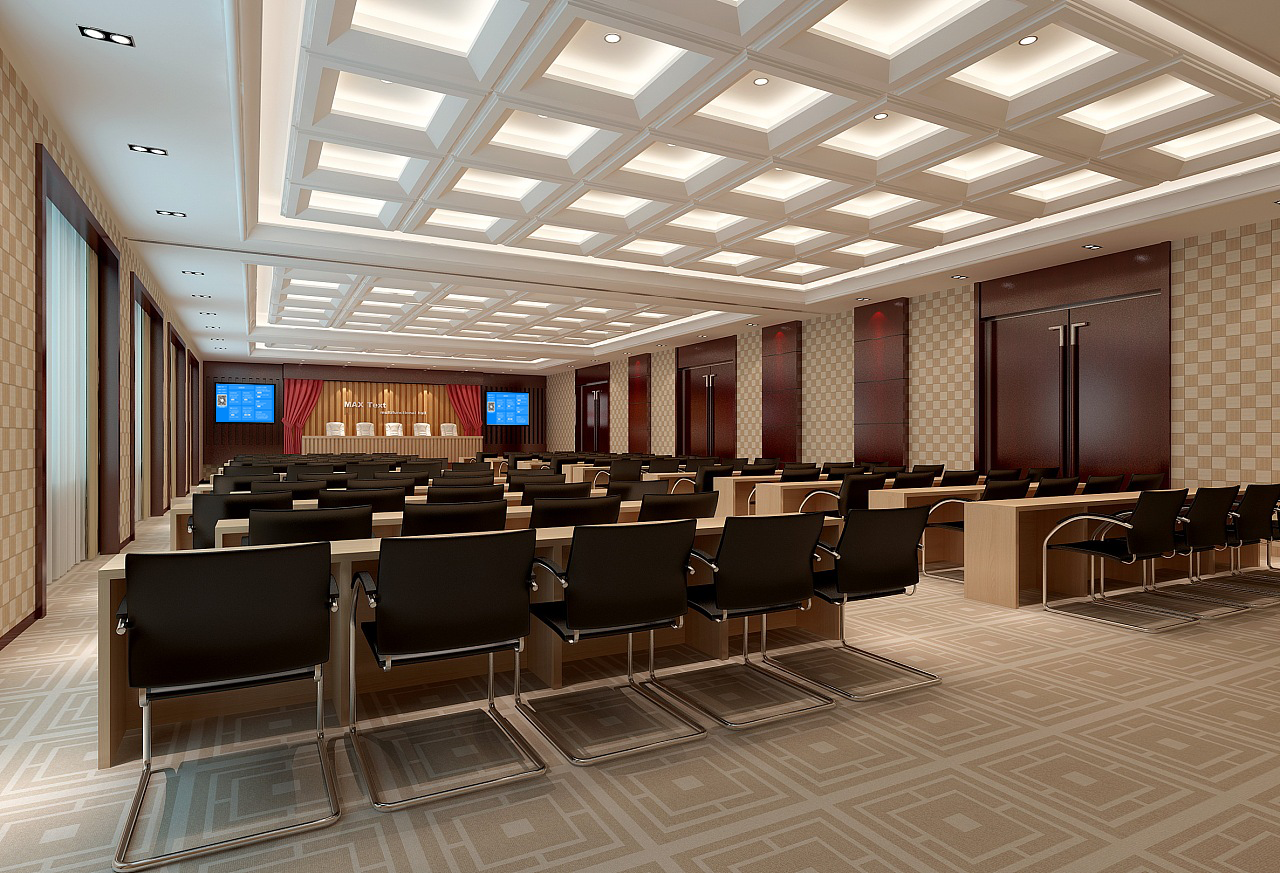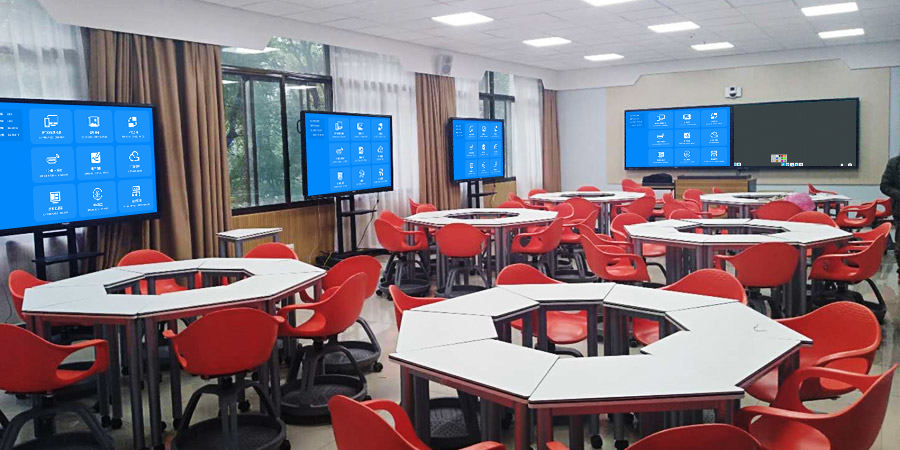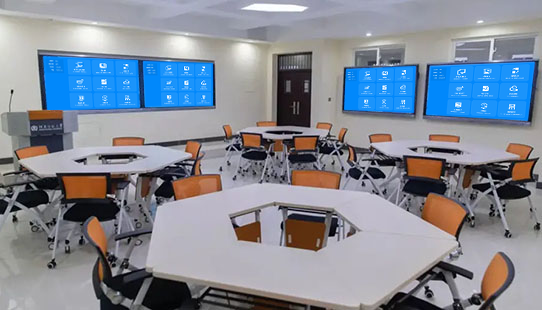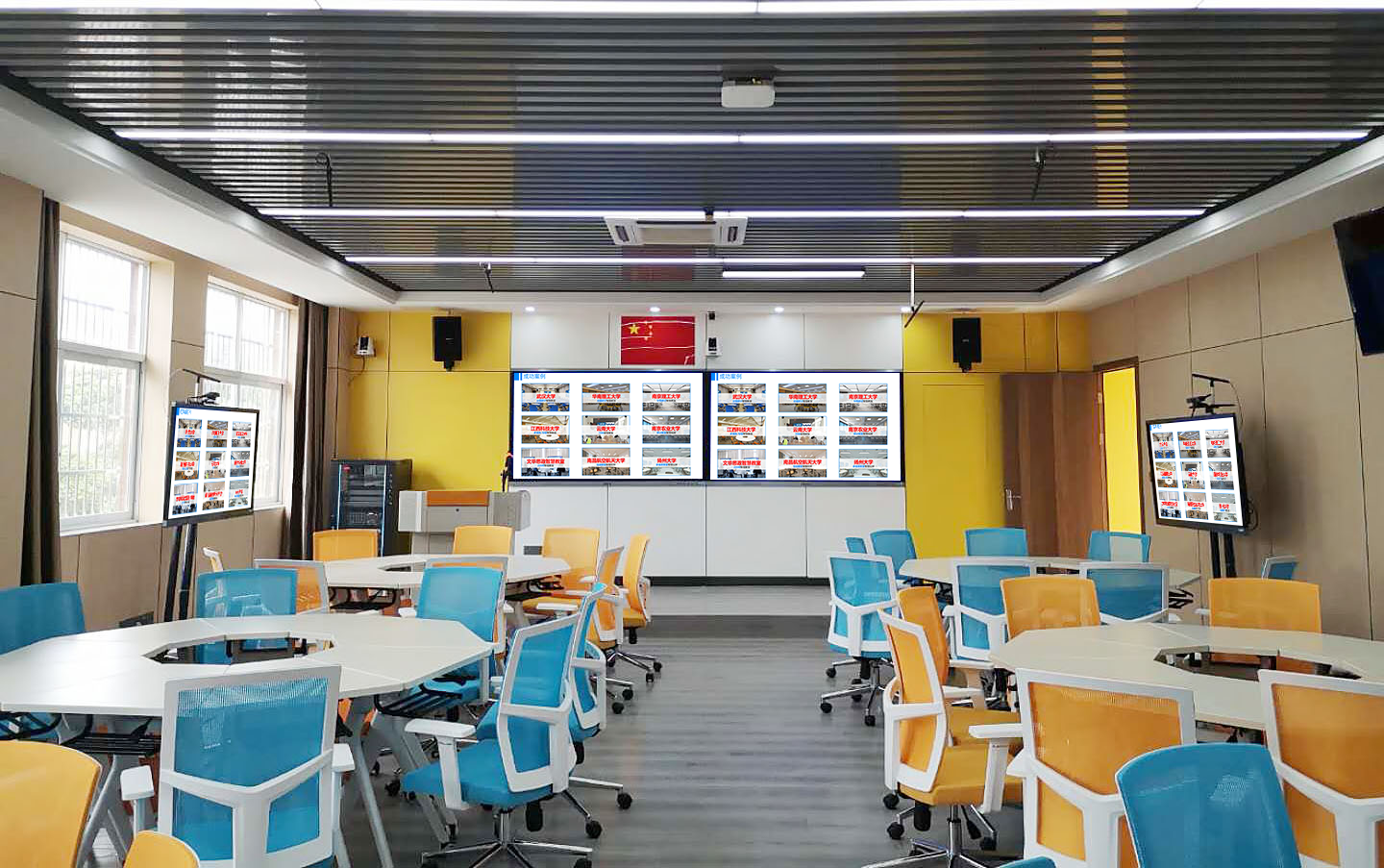Multi-Screen Interactivity: Breaking Screen Barriers, Enjoying Efficient Collaboration
In the wave of digitalization, the efficiency of information exchange is becoming increasingly crucial. Multi-screen interactive technology, as a bridge connecting different device screens, is reshaping scenarios such as office work, education, and entertainment. As a leader in the industry, BiJie offers powerful multi-screen interactive products that provide users with an unprecedentedly convenient experience.
In-Depth Analysis of BiJie Multi-Screen Interactive Core Functions
Multi-Person Simultaneous Screen Mirroring for Unhindered Discussion and Collaboration
BiJie multi-screen interaction supports multiple users simultaneously casting screens from their phones, computers, tablets, and other devices to a large screen. In corporate meetings, team members can simultaneously display their respective proposals. For example, when the marketing department discusses promotion strategies, different members can simultaneously cast their research data and creative ideas. Everyone can discuss in real-time while looking at the content on the big screen, eliminating the need for sequential waiting and allowing for more timely idea generation. In smart classrooms, after group discussions, each group can simultaneously cast their results, facilitating comparative learning for the whole class, stimulating a competitive spirit, and enhancing classroom participation.
Flexible Split-Screen Mode for Ultra-Intuitive Content Comparison
The split-screen display function is a major highlight of BiJie multi-screen interaction. Users can choose 2-split, 4-split, or even more screens according to their needs, which is extremely useful for content comparison and analysis. For instance, when a company conducts product competitive analysis, they can display relevant data and promotional materials for their own product and competitors’ products on separate screens, making advantages and disadvantages clear at a glance. In an educational setting, when a teacher explains classical Chinese text for comparative reading, they can present different articles on separate screens for clearer, line-by-line analysis.
Two-Way Interactive Operation for Effortless Big Screen Control
BiJie multi-screen interaction not only casts small-screen content to a large screen but also supports reverse control of small-screen devices from the big screen. In a meeting scenario, after a speaker casts a PPT, if they need to make temporary modifications, they can directly operate the computer document on the large screen without returning to their seat. The operation process is simultaneously displayed on both the computer and the large screen, ensuring smooth interaction. In an educational setting, teachers can reverse-control student tablets via the classroom’s large screen to guide students to view key knowledge and correct operational errors in a timely manner, enhancing teacher-student interaction.
BiJie Multi-Screen Interactive Applications in Diverse Scenarios
Smart Office: A Leap in Meeting Efficiency
Daily corporate meetings often waste time due to device connection and data display issues. BiJie multi-screen interaction allows employees to complete screen mirroring in 3 seconds, compatible with multiple systems like Windows, macOS, Android, and iOS, without installing extra software. Combined with meeting platform integration functions, such as seamless integration with Tencent Meeting and DingTalk Meeting, remote and local participants can simultaneously cast screens, share screen content, and annotate in real-time. This ensures no difference between online and offline collaboration, greatly improving meeting efficiency and making office collaboration smoother.
Smart Education: More Exciting Classroom Interaction
Traditional classroom interaction methods are limited, but BiJie multi-screen interaction injects vitality. Teachers can wirelessly cast courseware and videos to the large screen during class, and also make real-time annotations using the interactive whiteboard during explanations. During group discussions, students can quickly cast their group assignments. Teachers can cast and comment on excellent results or remotely control student devices to guide learning. Furthermore, in a dual-teacher classroom mode, remote teachers can precisely cast courseware to the classroom’s large screen via multi-screen interaction, with local teachers adding annotations, bringing more possibilities to teaching.
Home Entertainment: Sharing Joyful Moments Together
BiJie multi-screen interaction also excels during family leisure time. During weekend family gatherings, family members can simultaneously cast travel photos and videos from their phones to the TV, reliving wonderful moments together. When children are learning online, parents can cast learning materials from their computers to the TV for a larger, more eye-friendly viewing experience. When playing games, casting mobile game screens to the large screen provides an immersive experience, making family entertainment richer and more enjoyable.
With its powerful features, BiJie multi-screen interaction breaks the boundaries between devices and scenarios. Whether you’re a professional seeking efficiency, an educator desiring innovative teaching, or an ordinary user enjoying family life, you can find value in it and usher in a new era of convenient and efficient multi-screen collaboration.